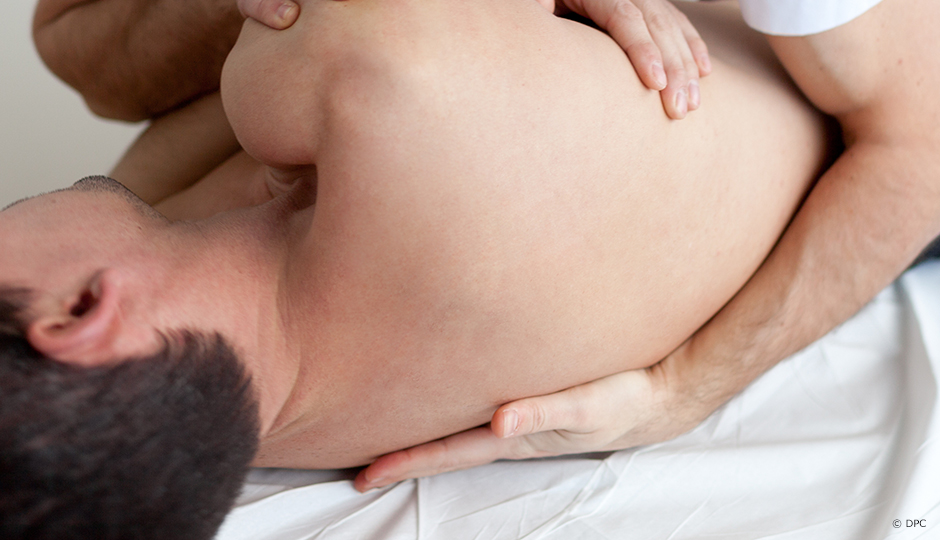Spinal column injuries are among the leading causes of physical and psychosocial impairment.
The recovery process is long and complicated; unstable fractures can cause injury to the spinal cord that can lead to paraplegia and neurological deficits. But hope is on the horizon at École de technologie supérieure (ÉTS).
Yvan Petit is working to develop better protective devices to stabilize the spinal column and diminish the risk and severity of spinal cord injuries.
Yvan Petit, head of trauma and acute care research at the Hôpital du Sacré-Cœur de Montréal research centre and a professor in the Department of Mechanical Engineering at ÉTS, is working to develop better protective devices to stabilize the spinal column and diminish the risk and severity of spinal cord injuries, thus reducing the cost to the healthcare system.
The mechanical engineer and his colleagues Jean-Marc Mac-Thiong, an orthopaedic surgeon at Hôpital du Sacré-Cœur de Montréal, and Vladimir Brailovski, a professor at ÉTS, tested the use of a superelastic cable made from shape memory alloy to immobilize and stabilize the spine following trauma. The cable was originally designed by Professor Brailovski's team to close the sternum after heart surgery. The researchers developed an experimental test bench simulating the forces acting on the vertebrae during movements of the spine in order to compare this fixation system with conventional cable and hook and screw systems.
Their findings are encouraging: the superelastic fixation system causes less damage to the bone, provides greater stability for the spine and maintains stabilizing forces during flexion and extension. According to Petit, braided superelastic cables could have applications for a number of therapeutic and corrective medical devices, because they can be adapted to different configurations.




